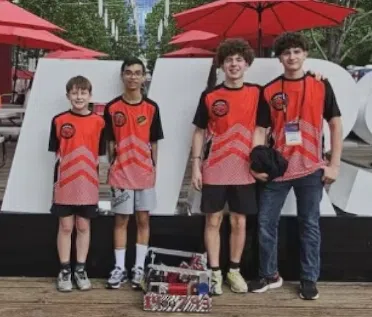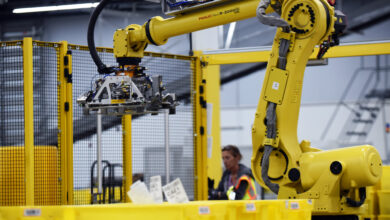Optimizing Autonomous Control of Robotic Systems that Interact with Humans

In Part 2 of Machine Design’s interview series with Dr. Brokoslaw Laschowski, the research scientist and principal investigator at the Toronto Rehabilitation Institute describes how his lab work in developing autonomous robotic systems spans the gamut, from fully integrated systems to fully autonomous systems.
Among Laschowski’s long-term goals is an ambition to conduct the first-ever clinical trials to assess what level of control individual patients prefer. People are not instinctively inclined to hand over control of their movements to robots powered by sensors and AI control, Laschowski said. Rather than cede control, some people prefer to maintain agency over the robot. Others, he said, may be open to the idea of an integrated system where, just by thinking, the user can control their robotic legs.
Comparison With Autonomous Driving
The best way to conceptualize this type of work, according to Laschowski, is to think of it in terms of autonomous driving.
Consider that there are levels to autonomous driving. Most people have experience with fully manual control when driving, Laschowski explained. In this case, the driver is in charge. But in a fully autonomous vehicle, the passenger sits back, and the vehicle drives without assistance. He contends that some people may think they like the idea of full autonomy, but since fully autonomous cars don’t yet exist, they cannot know for sure.
READ MORE: Transforming Prosthetics: The Nexus of Technology and Athletic Performance
An important aspect to consider is that there is a spectrum ranging from fully manual to fully autonomous. Different drivers and different passengers likely will prefer different levels of autonomy. “The automotive industry is looking at this and seeing what level of autonomy individuals prefer,” said Laschowski. “We’re doing the exact same thing with robotic legs.”
The list of end uses for the clinically feasible autonomy technologies and solutions his lab investigates opens a wealth of opportunities within the rehabilitation domain. These technologies could be used to augment existing capabilities of robotic prosthetic legs and exoskeletons for autonomous control. They could also be used by firefighters, search and rescue, and military operations, he said.
READ MORE: Prioritizing Human Safety in Industrial Robot Design



